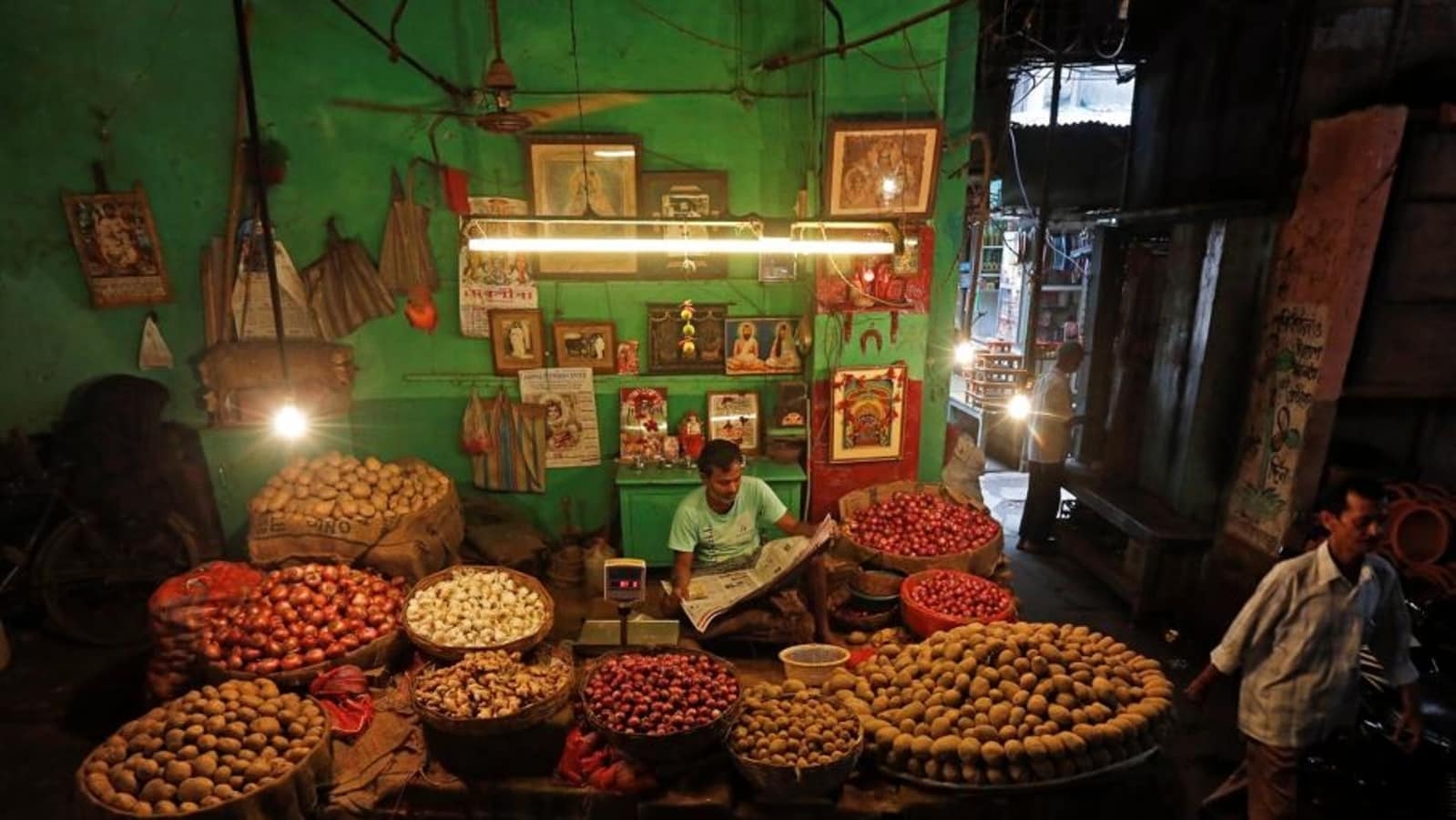In order to replace a reticent IndianOil (IOC) for the potential purchase of a 50% stake in Tullow Oil Plc’s USD 3.4 billion oilfield project in Kenya, India’s leading international oil company ONGC Videsh has found a new partner in Oil India Ltd. However, the aggressive Chinese energy giant Sinopec has entered the fight and is challenging the OVL-OIL partnership because it took India longer to finalize the contract.
Initially, Tullow, Africa Oil Corp., and TotalEnergies SE were interested in purchasing half of the shares that they held in the Lokichar oilfield in Kenya from ONGC Videsh, the international division of the state-owned Oil and Natural Gas Corporation (ONGC). According to insiders, the OVL board had approved the sale; nevertheless, the company sought to include IOC, which had also expressed interest in the project.
According to reports, up to 70% of the supply chain’s sourcing might have come from India, and Dhir, who brought the Rajasthan fields into production more than ten years ago as CEO of Cairn India Ltd, saw a lot of synergies. However, Chinese involvement could ruin the celebration because Beijing has a significant impact on African nations.
The OVL-OIL-negotiated agreement would have made the companies supported by the Indian government joint operators of the venture. With a 50% share, Tullow is the venture’s current operator. Each company owns a 25% share, including Africa Oil Corp. and TotalEnergies SE. The three were giving the Indians access to half of their stakes. The project would be led by OVL, an explorer with interests in 35 oil and gas properties in 15 countries, and funded by OIL, the country’s second-largest state oil explorer.
Blocks 10BB and 13T in Kenya’s south Lokichar are expected to yield 120,000 barrels of oil per day, with a total expected gross oil restoration of 585 million barrels throughout the sector’s whole lifetime. The project’s waxy crude, which is comparable to the oil produced in Rajasthan’s Barmer region, will be transported from the fields to a port in the Lamu archipelago via a 20-inch, 825-kilometer heated pipeline.
The 700-km heated pipeline from the Barmer deserts to the Gujarat coast also carries Barmer crude oil. According to reports, Indian refineries on the west coast would have made the best consumers of the crude from Kenya. It would take the firms three years to begin producing oil from the moment the investment decision is made.
The South Lokichar fields will be developed as part of the USD 3.4 billion investment, and a heated pipeline will connect them to Lamu, Kenya’s port on the Indian Ocean.

